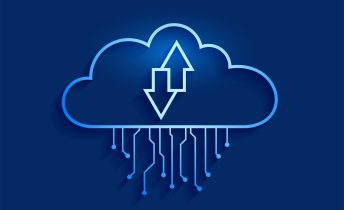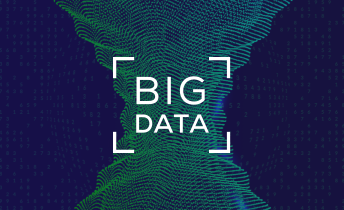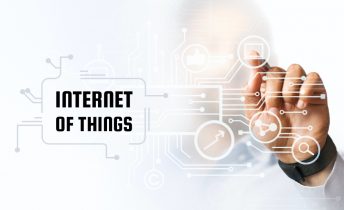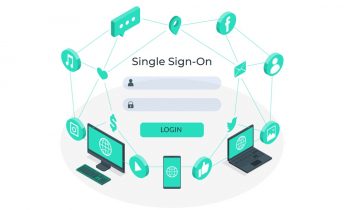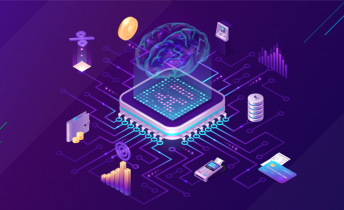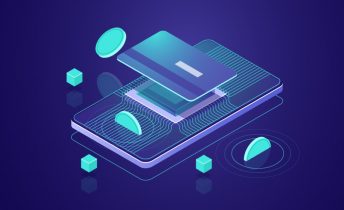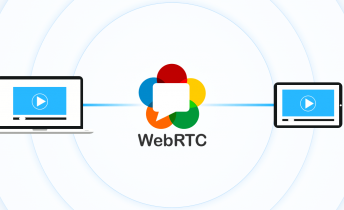What comes in mind when you think of software development methodology? Software development methodologies outline the processes that we use to build software. With so many approaches out there, it is easy to get overwhelmed by the wealth of options. Selecting a right software development methodology is one of crucial factors that can make or break your project. How do you know which methodology will be the best for the job? Nowadays, the most popular approaches to organize proper processes in software development are Agile and Waterfall.
What is Agile?
Agile is an incremental approach to software development that promotes continuous iteration. It is also an umbrella term for a number of iterative methodologies and frameworks, such as Scrum, Kanban, Crystal Methods, Feature-Driven Development (FDD) and Extreme Programming (XP).
Agile is considered a flexible and non-scholastic approach. The idea is to break projects down into small bits called user stories, prioritize them and continuously deliver in short iterations. Iterative approach gives the project flexibility and reduces the risk of building a useless app, since there is a constant flow of feedback from the customers.
Besides, one of the priorities of Agile development is to keep things simple and add complexity when it is really needed.
Following the Agile Manifesto, we should value:
- Individuals and interactions over processes and tools;
- Working software over comprehensive documentation;
- Customer collaboration over contract negotiation;
- Responding to change over following a plan.
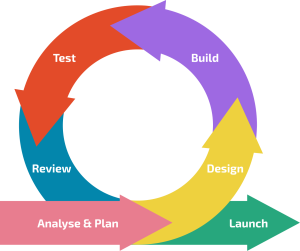
Pros and Cons of Agile
(+) Welcoming changes in requirements helps to satisfy the customer and create an up-to-date product but…
(-) It can also stretch the timeline of the project for an indefinite period.
(+) According to Agile principles, the projects should be built around motivated individuals. Each member of a team should be self-disciplined and proficient in their role but….
(-) A demotivated team member can negatively influence the project flow and the team motivation overall.
(+) One of the advantages of Agile methodologies is frequent communication and face-to-face interactions but…
(-) It can be quite difficult to add new team members without proper project documentation.
What is Waterfall?
The Waterfall model is a more traditional software development life cycle (SDLC) approach of managing a project. In this model, the development process is steadily carried out downwards, like a waterfall. The sequence of phases in the Waterfall model is shown in the following graphics.
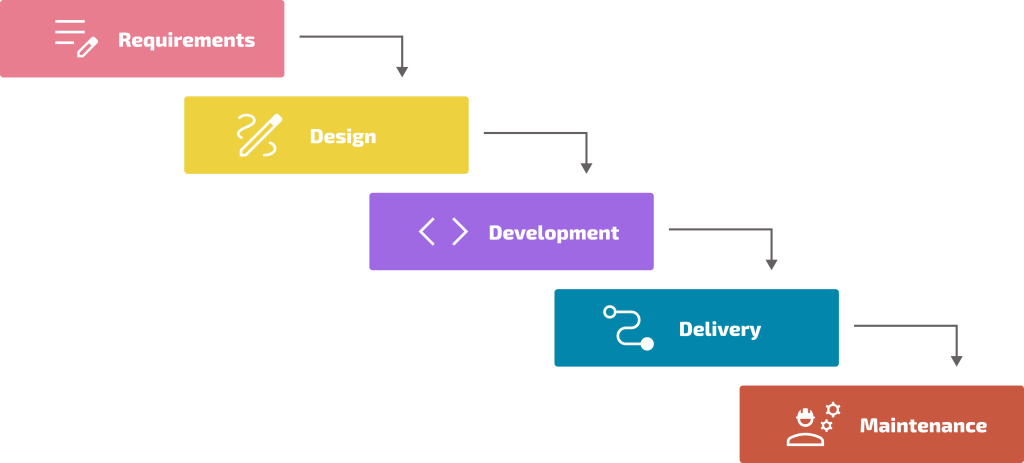
Pros and Cons of Waterfall
(+) This development model is simple to use. Only when one development phase is completed the next one will be started but…
(-) Imagine the situation when the project starts to run out of time and/or money. The last phase which is left is QA Testing. This phase will be shortened and, as a result, quality will suffer.
(+) The full scope of the work is known in advance but…
(-) It is very hard – if not possible – to make changes. Since the project development is based on documented requirements, the client may not see what exactly will be delivered until the project is almost completed. By that time, it will be difficult and costly to make changes.
Opinions of Right&Above Team Members
“I am not sure what can be done using Agile for our project – we need loads of documentation which is crucial for the further development of our product.”
Anna, Software Engineer
“Definitely Waterfall! Nothing could be better if you want to establish a structured and controllable software development process!”
Alex, Project Manager
“I can’t say that we stick to one methodology. Our team prefers using some Agile principles, such as face-to-face conversations and delivering working software frequently. However, we also lean towards the traditional approach of the Waterfall method – its predictable workflow makes it easy to meet the deadlines.”
Dimitry, Team Lead
“As for me, building projects around motivated and talented individuals is a great idea! You are supported and trusted and free to create – what can be better? I am all for Agile!”
Dennis, UX/UI Designer

So, which one is BETTER between the two?
There is no one-size-fits-all methodology that fits all projects. Rather, it is the nature of a job that defines the use of a particular methodology.
Choose Agile if…
Your project has a high level of uncertainty, and you know that requirements will be constantly changing. Also, Agile works best when all members of the development team are devoted to the project.
Choose Waterfall if…
The customers knows exactly what they want to see at the end of the project. Waterfall works great for building software if requirements are clearly defined with little chance of scope change throughout the life cycle of the project. You can benefit from Waterfall’s stability when projects are linear and predictable.
Mix of Both
There is no need to use only one methodology for the project. You can combine different approaches within one project. For instance, if the project is not strictly structured and not highly iterative at the same time, you can try a Hybrid approach. This methodology combines the classical Waterfall approach of software development (well-written documentation, fixed deadlines and budget) with Agile principles (frequent delivery, immediate user feedback, active team involvement and face-to-face interactions).
Bottom Line
The choice of software methodology depends on multiple criteria, such as the nature of the project, team size and expertise, preferences of various stakeholders, tools, existing organizational standards and lessons learned. There is no single solution which would apply to all projects and organizations, as software development models have their strengths and weaknesses. When planning the implementation of the project, evaluate your strengths and requirements and choose the model or a combination of models that may optimize your project’s efficiency.











